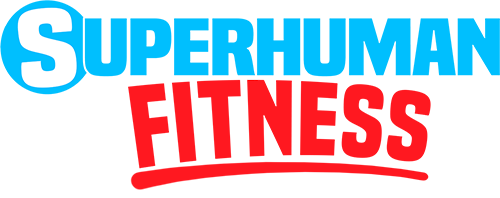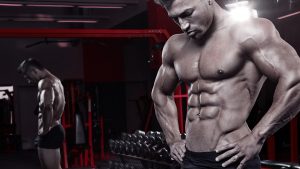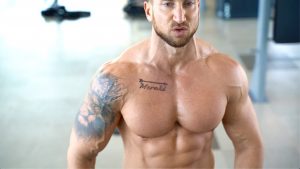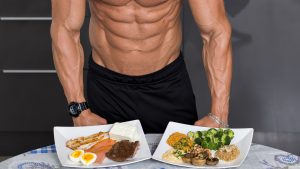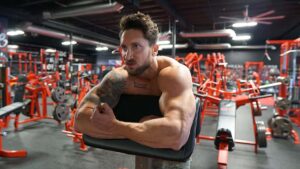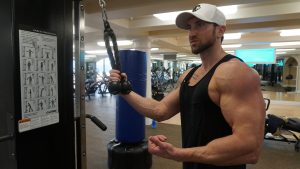There’s no faster way to get bigger, stronger arms than doing a feeder workout every night. Expert bodybuilder Rich Piana advocates the feeder workout for muscle building, and the results speak for themselves! The theory behind feeder workouts makes sense - if you fuel up on critical nutrients and dedicate yourself to a high frequency of training, your body will grow stronger and larger. Many people have tried feeder workouts with success - including me (you can find the video below).
Feeder workouts are training sessions used to rapidly enhance muscle growth for a specific body part. One of the originators of the feeder template is Rich Piana, and he has uploaded several videos on his YouTube channel that cover the subject.
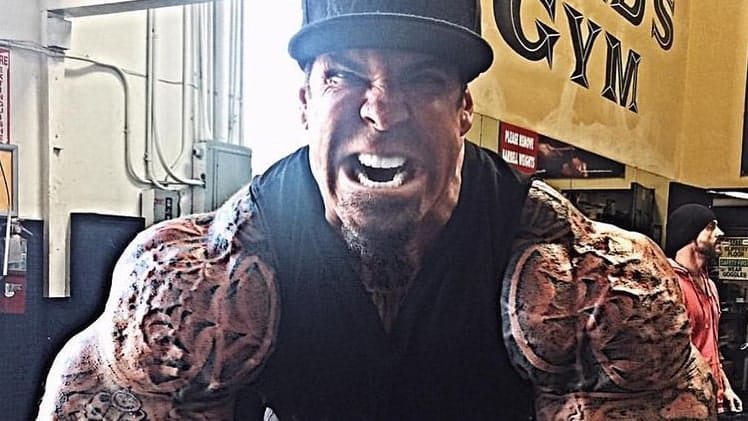
© Instagram/1dayumay
In 2014, Rich coined the term "feeder workout" as a way to describe working a body part that might have previously been worked in order to pump blood into it and increase muscle size. For example, if you lift weights Monday and then again Wednesday, you can do an extra set of curls Thursday morning after your regular workout.
What Is Rich Piana's Feeder Workout?
Training volume is an extremely important part of muscle growth. However, it can also overtax the central nervous system or muscles. It is vital that you do not overdo it because this may lead to burning out and a lack of progress. One way to increase training volume without overtaxing your muscles is high rep low weight training. High rep feeder workouts are excellent for increasing training volume without sacrificing muscle growth.
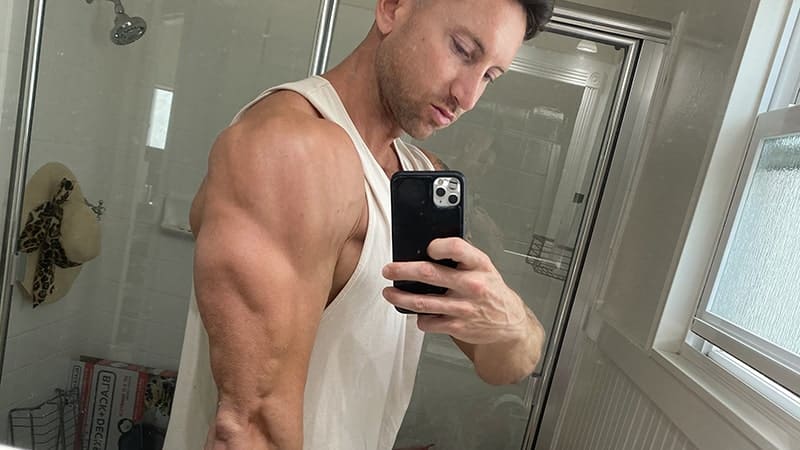
A feeder workout is a high-volume, low-intensity workout consisting of two exercises performed back-to-back, with no rest in between. These supersets usually consist of just two exercises and hundreds of repetitions will be performed as quickly as possible. The idea is to overload your muscles with extra blood and nutrients.
Feeder workouts are designed specifically for muscle growth and are typically performed during or after your regular workout routine. Feeder workouts alone are not sufficient to build a strong physique. But they will definitely help you build muscle, especially if you are an amateur bodybuilder or someone who is new to the gym. Think of them as an addition to your main workout.
When working out, you can choose a few sets of the same muscle or muscle group. The main groups include the chest, back, arms, shoulders, thighs, and calves. In general, pick one exercise for each muscle group per workout. It's best to work out a different muscle in the same group. For example, if you do an arm workout, choose one exercise for the biceps and one for the triceps.
A Typical Feeder Workout Routine
Conventional wisdom says that you should rest the muscles in your body every other day. However, if you follow a one-day-on-one-day-off schedule, you aren’t focusing on the problem spots. A great way to force yourself to pay attention to those problem areas is to do feeder workouts — where you work a particular muscle and its adjoining body parts every single day.
Are you doing a tense, 4-day split routine and feel like your grip strength and calves cannot keep up with your routine? Maybe they’re just not seeing the kind of muscle growth you were looking for. Feeder workouts can change everything!
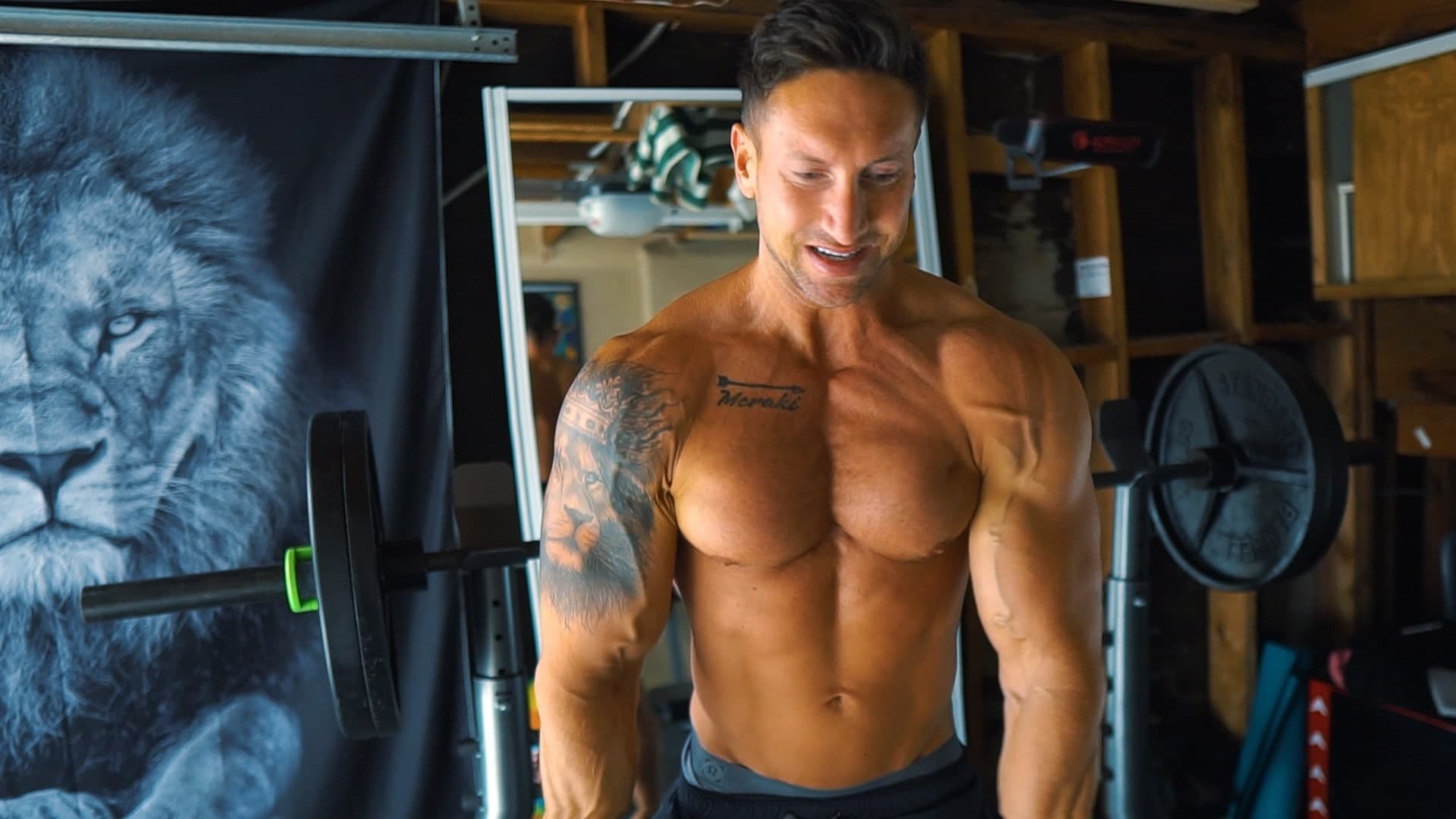
On day one, you'd do high reps of the upper body push. Day two would incorporate more upper body work with the upper body pull, lateral raises, and a feeder workout for your forearms. On the third day, hit the quads, hammies, and calves. For day four, workout your forearms again, shoulders, traps, and do a feeder workout for those calves.
See how you're doing a feeder workout the day after your primary workout for a given muscle group? Performing a feeder workout as an add-on to your other daily exercises helps you increase your gains faster without adding too much extra stress in the gym.
Feeder Workouts For Your Arms
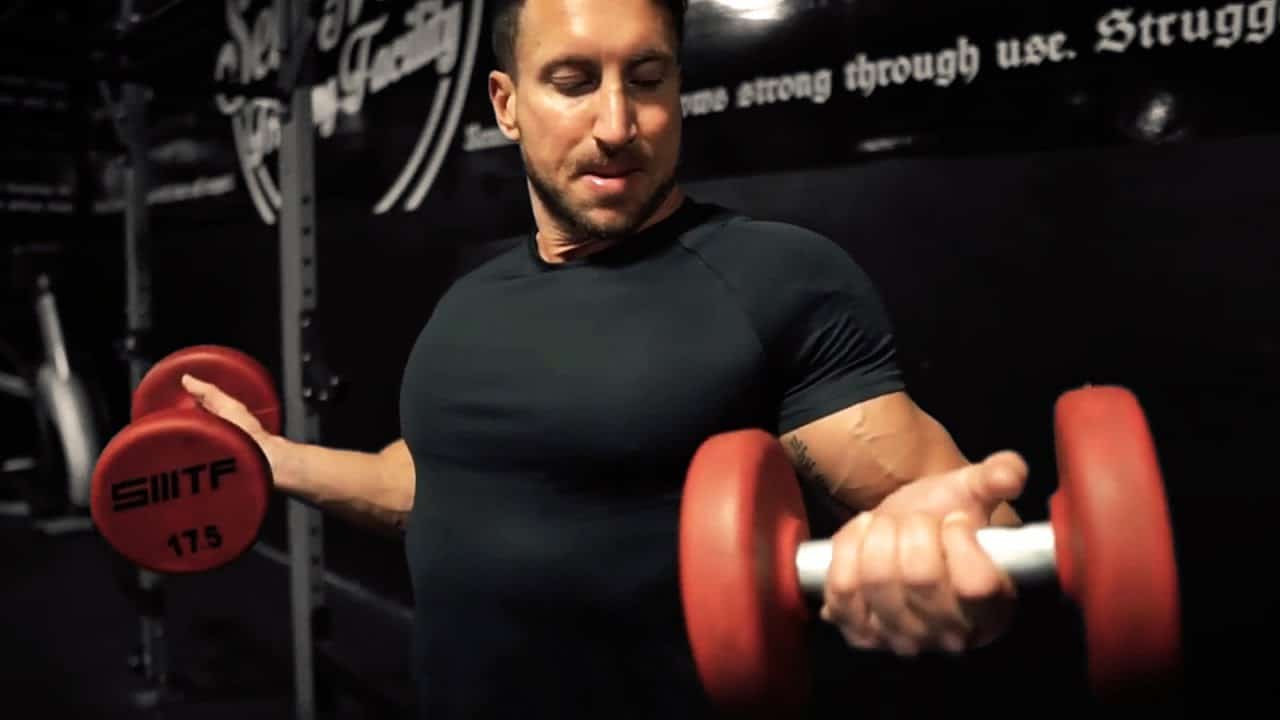
Biceps
Looking to work your biceps and get bigger arms? This is a great routine. Note: It will hurt! Do not go super hard or you’ll tear your biceps. 100 reps of bicep curls are the warm up. Next, you’re immediately super setting with 60 reps of hammer curls.
Triceps
To make your arms bigger, it’s important to focus on your triceps. If you don’t think your arms look big enough, it’s probably because you aren’t focusing on triceps specifically. Not only will this give your arms more size and shape, but it will get the ladies, too.
I recommend two sets of 100 reps of skull crushers and a set of 75 tricep kickbacks.
Forearms
Becoming a jack of all trades will help you grow your forearms. Pull-ups and barbell rows make a huge difference in strength. But then I began to realize that people who have strong forearms often have jobs involving specific kinds of tools, such as mechanics, plumbers, and construction workers—all jobs that involve tools.
How much do you use your hands every day? Maybe a lot. That is why you need to work out forearms with heavy weights, and not just focus on wrists. 100 wrist curls, followed by 100 reverse curls, and the farmer's walk will help you add size to your forearms.
Feeder Workouts For Your Shoulders
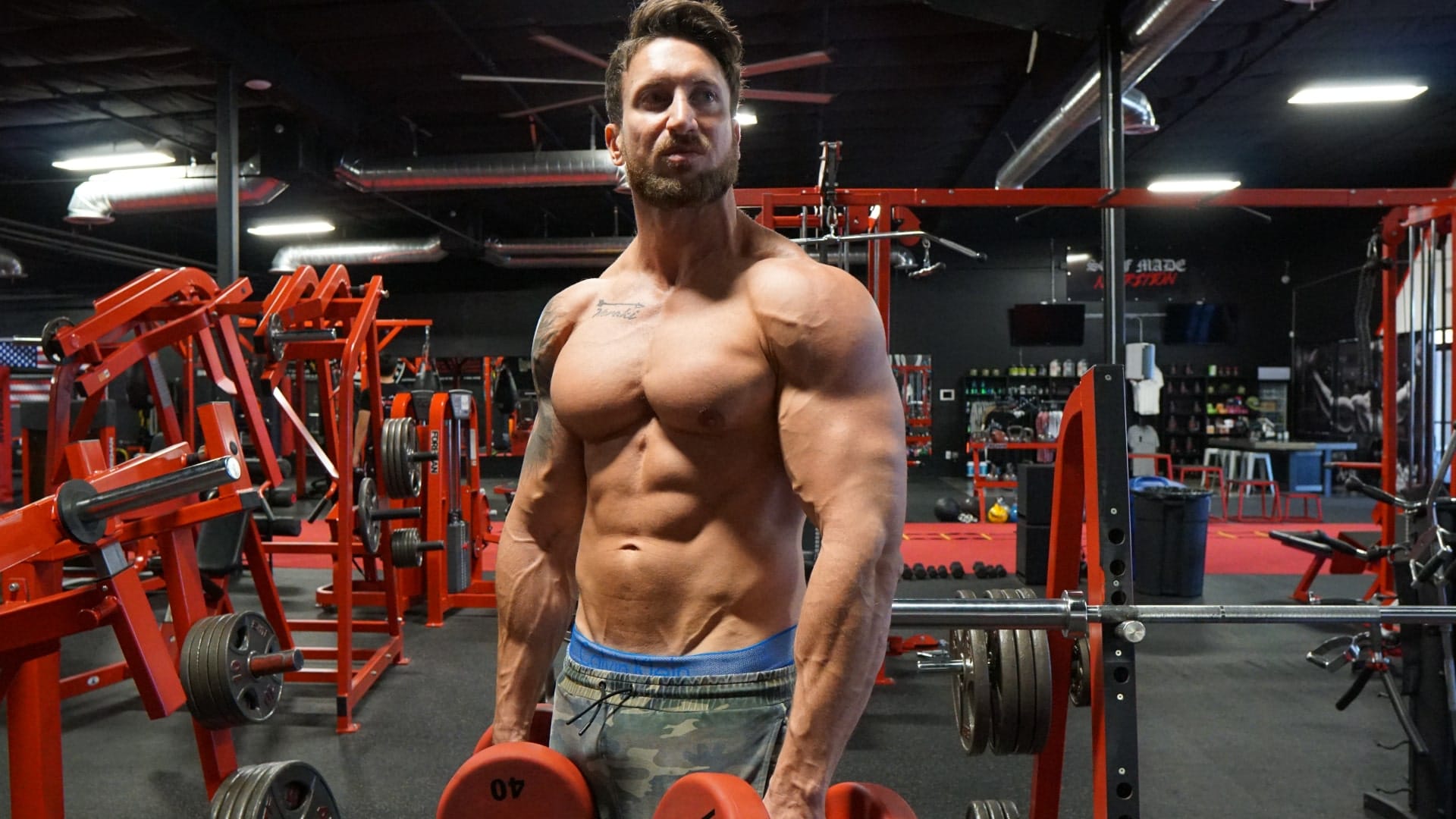
I have already talked about the importance of shoulders. They are the key to a big frame. A large build alone does not look impressive without shoulders. Without broad shoulders to accompany the rest of your physique, you'll have a lopsided physique.
Rich Piana explains how to use feeder workouts to gain massive shoulders through a very effective workout: do 50 reps of barbell push presses and 50 reps of dumbbell overheads, and soon enough you’ll be gigantic. (Disclaimer: Do not try this at home. You might get stuck in your doorway.)
When you started to weightlift, you were only able to overhead press 75 lbs. and curl 120 lbs. But since your shoulders were becoming your weakness, you realized that you needed to start working on them. Within a month, when you started doing shoulder work, your physique transformed instantly. Now your shoulders look like tree trunks!
I’ve seen people injure themselves badly by exercising their shoulders incorrectly. If you ever think that you might mess up the shoulder workout and seriously hurt yourself, stop immediately. You can always do it again tomorrow.
Feeder Workouts For Your Back
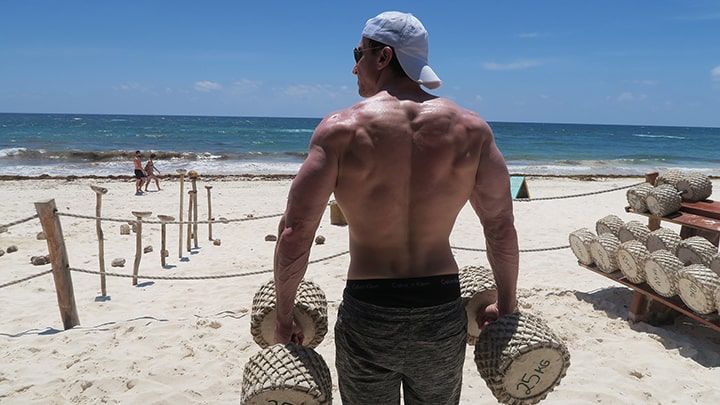
Every bodybuilder wants to have a wide and well-developed back. No matter what level you are, you can benefit from the improved muscle mass in your back.
So here’s the secret to getting that well-developed back: compound exercises such as deadlifts, rows, chin-ups, and traps work. Also, do not skip the rear delts and the smaller latissimus dorsi muscles in your back.
There is no secret to getting a big, strong back. But there are plenty of small tips to help you get there. Try two sets of 100 dumbbell rows, one set of 50 dumbbell single-arm rows with each arm.
Feeder Workouts For Your Chest
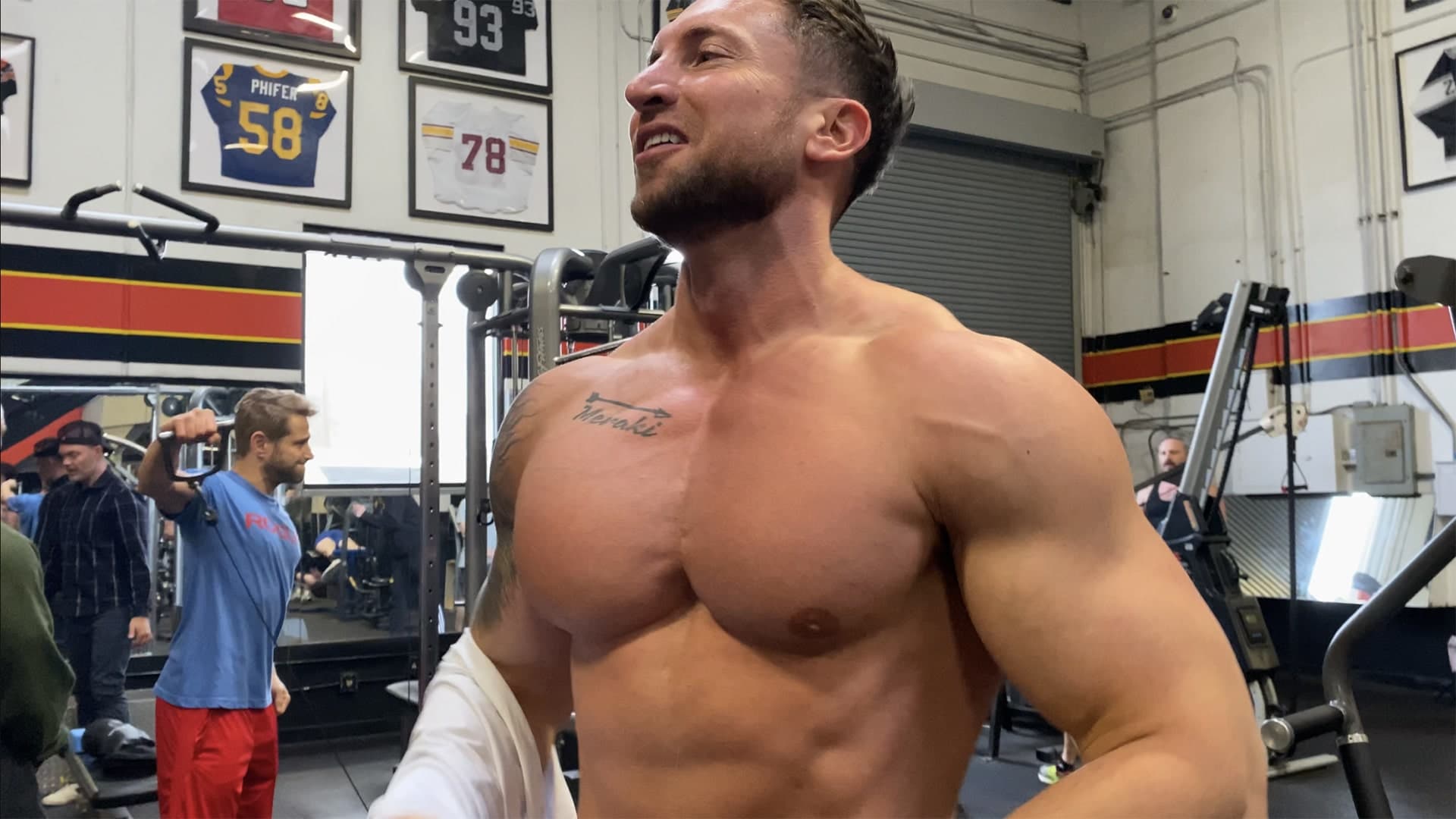
When you put this much load on your chest, it stresses the muscle like nothing before. The results are growing muscles that are truly out of this world.
Don’t even try to move your arms across your body for the next few days after you attempt this. A highly recommended exercise is the pectoral fly (machine or dumbbell) with 2 sets of 100 reps. Another recommended exercise is the push-up with a single set of 100 reps. Rest assured, these will annihilate your chest.
Feeder Workouts For Your Legs
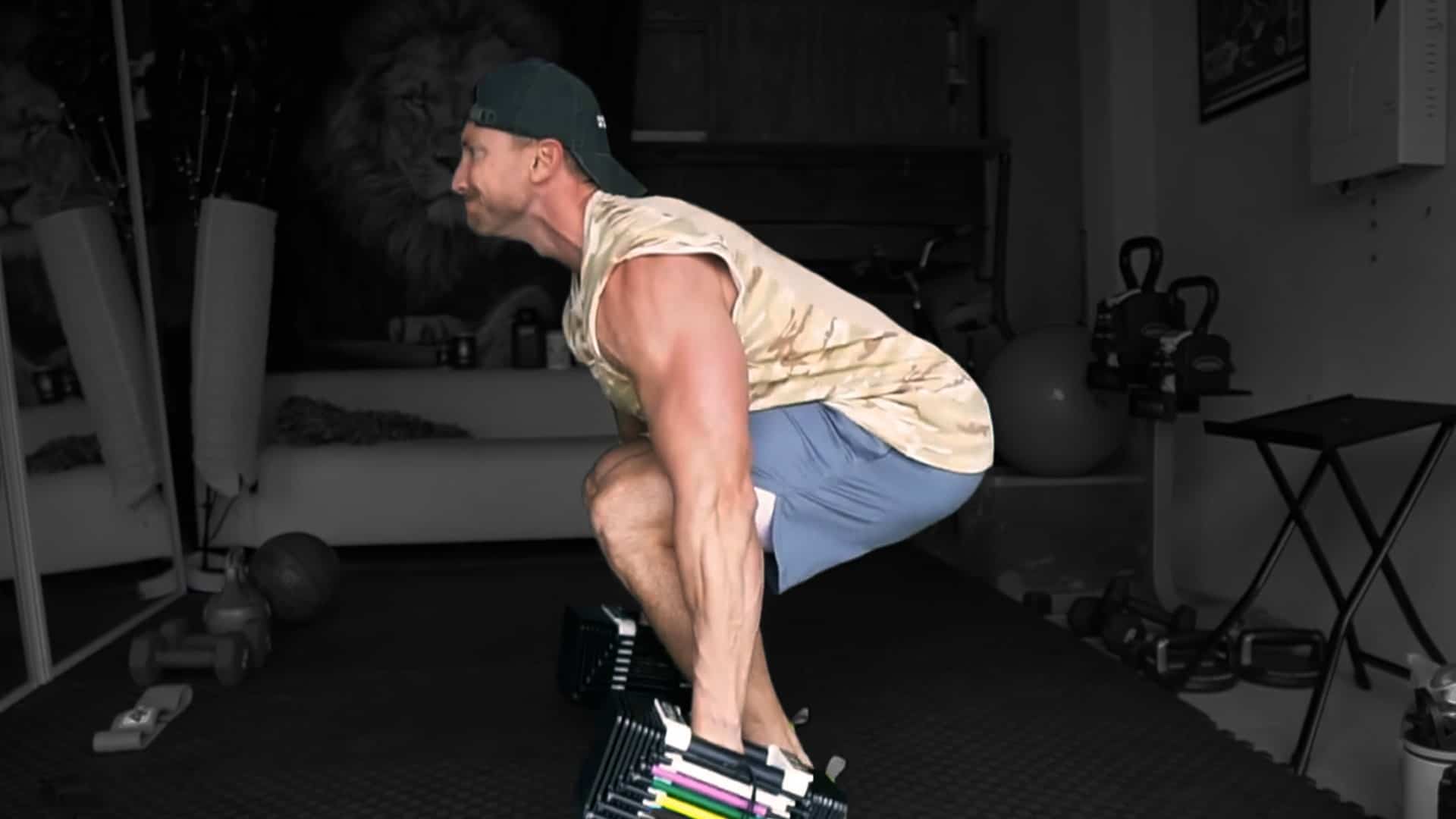
Quadriceps
The quad is the big muscle on your thigh that makes every pair of shorts look good. In my early days of bodybuilding, I fixated on seeing my quads exposing three distinct lines of muscle separation.
If you've been skipping leg days and you need to let those poor, neglected legs of yours shine through, this is the Rich Piana workout for you! Do 1 set of 100 bodyweight squats, then do 75 squats with a goblet (or a kettlebell).
Calves
Calves are the toughest kind of muscle to grow. However, you use them constantly—walking, running, using the stairs, and more. It’s difficult for calf muscles to actually be broken down, which is why they are so stubborn.
A unique feeder workout will shock your calves and make them grow. Your calves are used to some of the high reps already, but sometimes you need to really push it with these unique feeder workouts. So, to start, do 2 sets of 100 reps of standing calf raises onto another surface. Then, do 1 set of 50 reps in each leg of one-legged calf raises.
The Science Behind A Feeder Workout
Building muscle is a process of breaking your muscles and rebuilding them in a way that makes them stronger. It requires protein, time, and patience. That's why it's so important to have a healthy diet and workout regimen while resting frequently. If you're dedicated, you'll see great results.
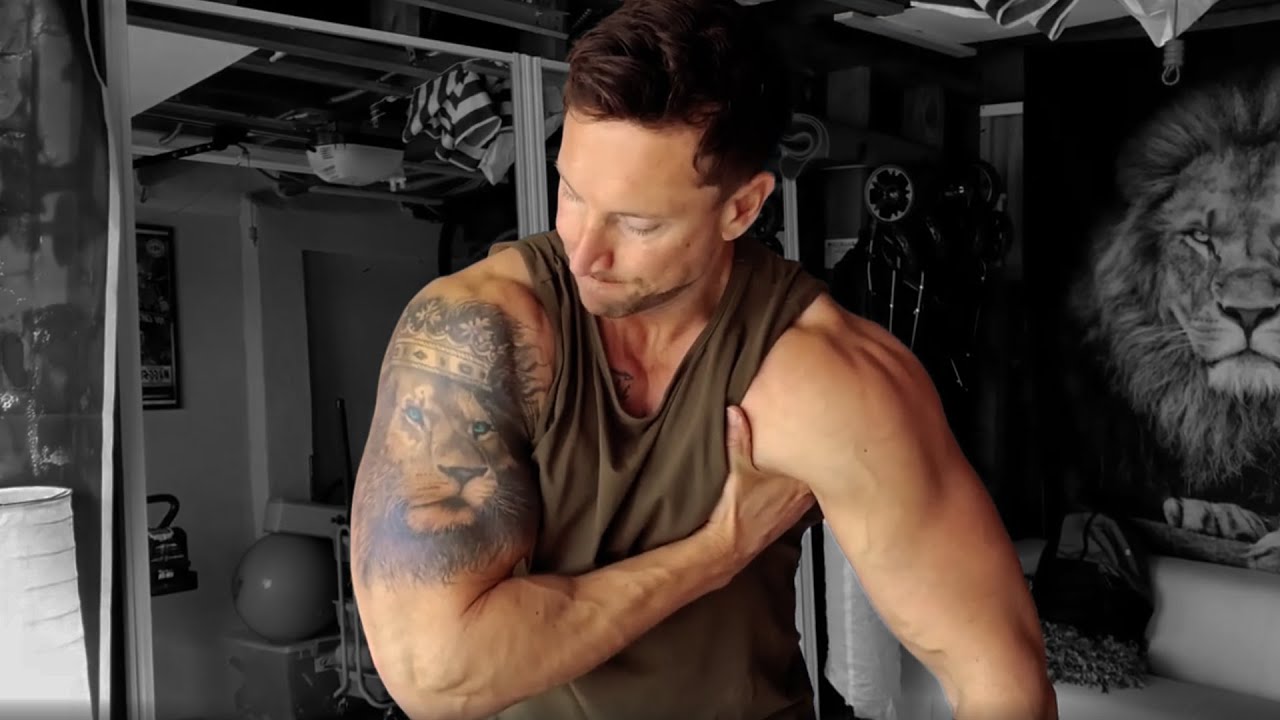
The purpose of these "pump work" sessions is not to wear out the muscle and leave it obliterated. Think of these mini-workouts as light, low-intensity workouts that provide a pump (more blood flow to muscles) rather than a full workout. While these mini-workouts may feel like the lifter is hitting the muscle with a sledgehammer, they are actually meant to boost blood flow into the muscles for evening out the pump and infusing them with nutrients.
Let's talk a bit more about the science behind feeder workouts. What makes feeder workouts work?
Release More Contractile Protein
The contraction of muscles is managed by two proteins: actin and myosin. Myosin is the thick filament and the engine. It pulls the actin with it during a muscle contraction.
One of the two main types of hypertrophy is myofibrillar hypertrophy. You might have heard people call it functional hypertrophy. It occurs when the contractile protein in muscles increases and therefore directly impacts strength production.
The muscle must work hard under serious pressure to maximize its growth. Spending less time working out will not give you myofibrillar hypertrophy.
Enhance Sarcoplasmic Hypertrophy
Sarcoplasmic hypertrophy, as the name implies, is the bulking up of sarcoplasm, which is the internal liquid environment of the muscle cell.
Lifting light weights for a high number of sets and reps has been explained to build muscle endurance and endurance by creating more mitochondria and capillaries with the muscle. The muscle develops a greater capacity to store energy, but not higher tension.
Together myofibrillar and sarcoplasmic hypertrophy are the secret to building muscle. Myofibrils are contractible fibers, so if a lifter would like to build their muscles solely using fluff training, it would be impossible since myofibrils limit the sarcoplasm.
When the lifter continues to press for strength, he or she will eventually need to lift heavier weights for sarcoplasmic hypertrophy. This rise in weight will cause myofibrillar hypertrophy to occur as well.
Build Protein Synthesis
A feeder workout prepares something for a bigger event. Normally, when a muscle is exercised, protein synthesis is elevated for roughly 24 hours and returns to normal levels around the 36-hour post-training mark.
When muscle protein synthesis is raised for too long, it starts breaking down the muscle tissue, which can lead to overtraining and injury. Thus, to prevent burning out your muscles, it's important you stop synthesis after 24 hours with a feeder workout.
According to research published in the Journal of Human Sport and Exercise, one of the best ways to improve growth is with feeder workouts. The first such workout should be performed immediately after exercise. A follow-up workout 24 hours later will boost synthesis for another full day.
But that’s not all! To maximize this so-called “window of opportunity”, however, you need to eat adequately healthy foods and fuel properly while working out. You won’t gain any muscle if you only have a regular diet and exercise. Workouts are effective only when your diet isn't counteracting your fitness goals.
Better Muscle Attunement And Awareness
The more we do something, the better we become at it. With exercise, your muscles can grow in strength, but you also develop a stronger mind-muscle connection, which refers to your perception and feeling of which muscle should be working during an exercise.
Here's an example. If you find yourself struggling to feel certain muscles firing in a lift, you may want to consider doing exercises the next day that target those muscles. One popular example is doing straight-arm lat pulldowns if you’re having trouble feeling your lats during pull-ups. This will help you make a stronger connection between mind and muscle for your lats, which means that your lats will be able to work harder during pull-ups when it really counts.
Speed Up Your Gains
Following a heavy lifting session, the body is incredibly responsive to less intense and traumatic training methods. Lighter weights and higher reps can help bring up lagging muscle groups.
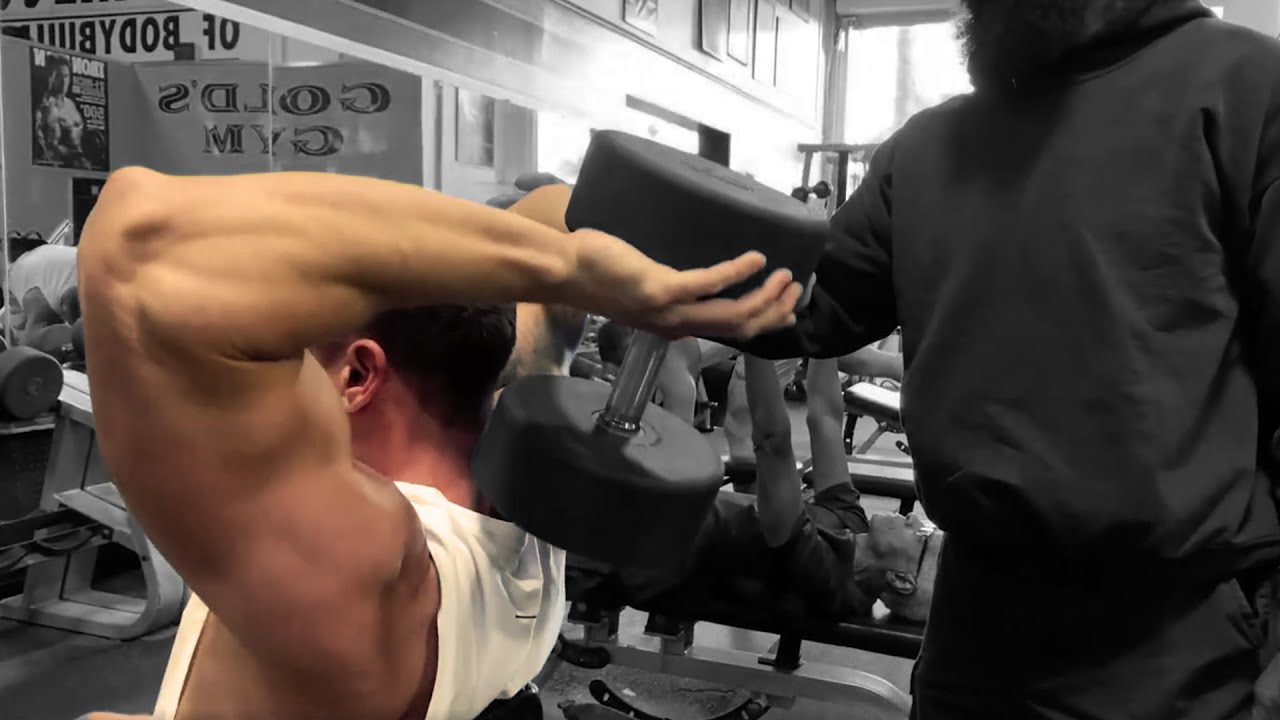
Low-intensity training increases the body's anabolic hormones, helping you recover from hard days at the gym.
For example, if you have trouble performing the bench press and overhead presses, triceps exercises the day after using lighter weights with more repetition will build your triceps strength and help you with your compound lifts.
Feeder Arm Workout - My Results
Watch the video to find out exactly how you do a feeder arm workout - pretty crazy right? The first 3 nights that I did the feeder arm workout I could not complete all of the reps.
I was still doing this workout on top of my normal training split, and I was maxed out using 12 lb. weights for about 70 reps on the db skull crushers the first few workouts.
The first time I tried to perform 60 hammer curls at one time with the 12 lb. dumbbells I was successful but it took literally all of my energy and I was completely exhausted.
My arms grew a little bit from the 2 weeks of feeder workouts, but to be honest I would not recommend this to anyone as it's way too much effort for not enough reward. Stick with the Balloon Method for the fastest results in short and intense workouts!
